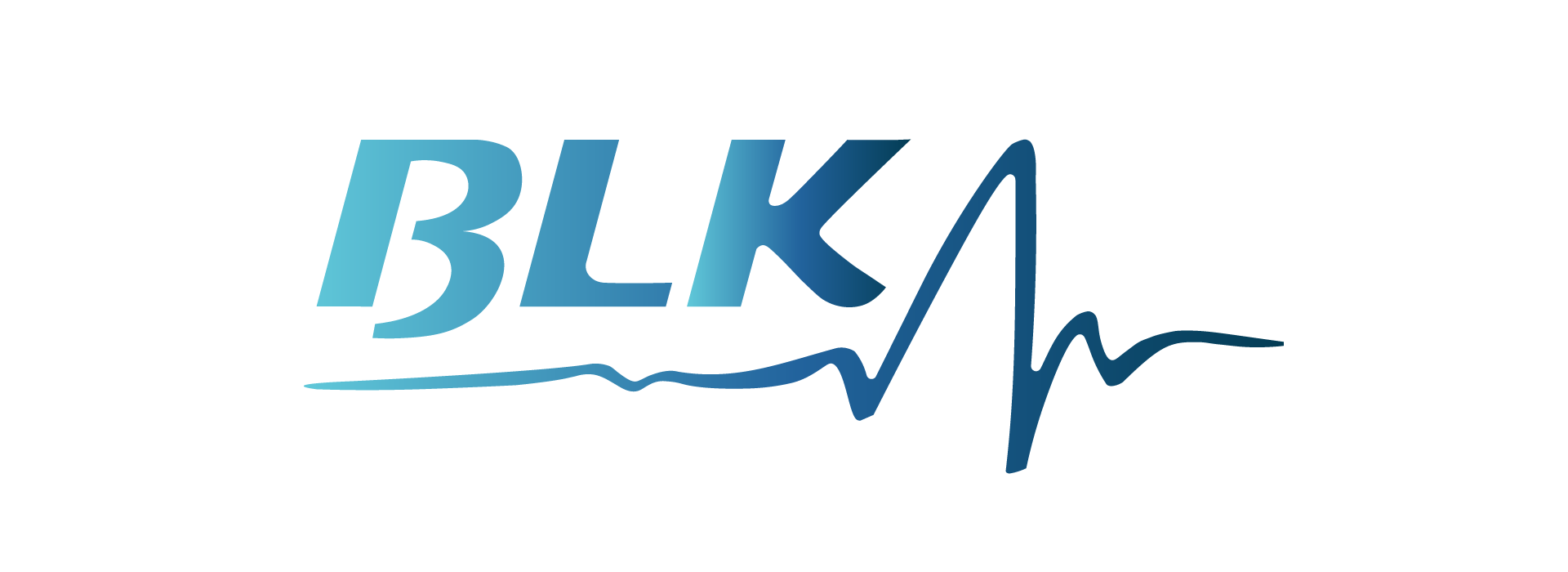In today’s interconnected world, where companies increasingly serve clients across borders, building trust is more critical—and challenging—than ever. For insurers and service providers, transparent claims reporting isn’t just an operational nicety; it’s a strategic imperative. When international clients are miles away and dealing with diverse legal systems, honest and open communication about claims becomes a foundational element of trust.
What is Transparent Claims Reporting?
Transparent claims reporting refers to the practice of openly sharing all relevant information regarding insurance claims with clients in a timely, clear, and accessible manner.
Defining Claims Reporting in an International Context
In international markets, claims reporting must accommodate different time zones, legal expectations, and documentation standards. Whether it’s a corporate health insurance claim in Dubai or a freight damage claim in Rotterdam, accurate and prompt information is vital.
Elements of Transparency in Claims Reporting
- Timely updates on claim status
- Detailed breakdown of claim progress and decisions
- Open access to reports and correspondence
- Multilingual communication where necessary
- Availability of appeals or dispute resolution mechanisms
The Importance of Trust in International Client Relationships
Trust as a Business Currency
Trust is the invisible currency that fuels successful international partnerships. Clients often entrust insurance firms with high-value claims. Without proximity, they rely heavily on the company’s word and reporting practices.
Cultural Expectations and Communication Styles
Different cultures interpret transparency differently. For example, a German client may expect detailed legal precision, while a Japanese client may value discretion and harmony. Understanding and adapting to these expectations is crucial.
Benefits of Transparent Claims Reporting
Transparent practices don’t just protect reputations—they deliver measurable benefits.
Faster Claim Resolutions
Clear documentation and communication reduce the back-and-forth often caused by ambiguity. This leads to quicker decisions and payments.
Reduced Disputes and Legal Complications
Transparency minimizes misunderstandings. Clients who feel well-informed are less likely to dispute outcomes or pursue legal remedies.
Improved Customer Satisfaction and Retention
When clients consistently experience clarity and fairness, their loyalty increases. They’re also more likely to recommend your services internationally.
Key Components of Transparent Claims Reporting
Real-Time Updates and Access
International clients need access to claim status updates without time zone limitations. Self-service portals, real-time dashboards, and email alerts help keep them informed.
Use of Clear, Non-Technical Language
Avoiding jargon ensures clients fully understand their claim situation, no matter their language or insurance literacy level.
Third-Party Verification and Audits
Using independent auditors or providing client access to audit trails strengthens credibility and reassures clients that processes are fair and standardized.
Technological Tools Enabling Transparency
Claim Management Systems
Modern systems track, log, and report every step of the claim process. They allow clients to log in and view updates, submit documents, and communicate directly with claim handlers.
Blockchain and Secure Data Sharing
Blockchain can record claim history immutably, ensuring that every step is traceable and trustworthy, especially useful for sensitive or high-value claims.
Multilingual Platforms and Localization Tools
Providing dashboards, alerts, and documents in the client’s native language ensures they feel informed and respected, which builds deeper trust.
Challenges in Implementing Transparent Reporting
While the benefits are clear, implementing a transparent reporting system globally comes with hurdles.
Data Privacy and Regulatory Hurdles
Countries like the EU have stringent GDPR regulations. Sharing claim information must be done carefully, adhering to all applicable privacy laws.
Integration Across Borders and Time Zones
Synchronizing data systems across countries with varying technological maturity is complex and often expensive.
Internal Resistance and Training Needs
Staff may resist changes to established workflows. Proper training and change management are essential for a smooth transition.
Strategies for Enhancing Transparency with International Clients
Standardized Reporting Frameworks
Create templates and guidelines that apply across markets but allow for cultural and legal customization.
Continuous Feedback Loops
Encourage clients to give feedback post-claim to identify gaps in transparency and refine the process.
Cultural Sensitivity Training for Teams
Equip your staff to understand and adapt to international clients’ expectations, ensuring more empathetic communication.
Conclusion: Transparency as a Pillar of International Trust
In a borderless business environment, transparency in claims reporting isn’t optional—it’s essential. It sets expectations, reduces conflict, and builds lasting relationships. For international clients navigating unfamiliar regulations and distant markets, clarity equals confidence. By investing in systems, training, and practices that prioritize open communication, businesses don’t just resolve claims—they earn enduring trust.
FAQs
How does transparency reduce legal disputes?
When clients feel informed and respected, they are less likely to pursue legal action over misunderstandings.
Can technology really replace personal claims handlers?
No, but technology can enhance the claims handler’s efficiency and provide clients with on-demand information.
Are there risks in being too transparent?
While oversharing confidential data is risky, being honest and clear about processes and timelines is almost always beneficial.




